Coding Your Own Virtual Pet - Learning Empathy and Logic Together
Coding Your Own Virtual Pet - Learning Empathy and Logic Together

Coding is no longer typing some commands into a computer but it is a way of letting the kids discover their creative abilities, develop better problem-solving skills and even conceptualize emotions in a new way. When designed in a play format, coding projects not only remain technical exercises but also become an experience that creates curiosity and imagination.
An example of this is the creation of a virtual pet. In this project, children develop a virtual pet they can feed, care and interact with. Not only is it fun, but it makes them feel like they own it as well because they make their own ideas come to life by use of code. The virtual pets react to their behavior, thus making it an interactive and rewarding experience.
In addition to having a lot of fun when they see their pet come alive, children also learn some important lessons in life. They are responsible by taking care of their creation, responsible by empathizing with their needs, and are responsible by thinking logically by using an organized coding. Such combination of emotional studying and technical skills makes a virtual pet coding a most holistic and fun approach to studying .
In this blog, we will be diving deep into the creation of virtual pet for kids using coding, and how it can enhance and help their abilities to grow in various aspects.
Why You Should Try Coding a Virtual Pet?
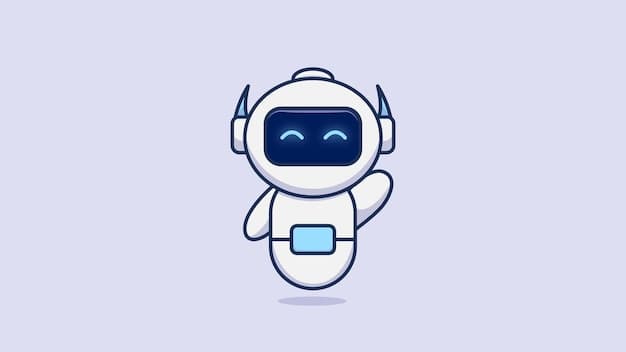
Young learners can find virtual pet projects to be a great way to learn coding with games, since it is easy and positive to use. Kids do not receive abstract concepts at the very beginning but are shown how their code works through the image of a pet eating, playing or sleeping. This interactive aspect enables them to associate coding with creativity, thus making the studying more thrilling as opposed to being fearful. enter into coding. changes made to text
When children build their pet, they learn the basics of programming including loops, conditions, and variables. They are taught how to compose the appearance of their pet, give it movements, and simple behaviors. So each thing their pet does runs on logic and children learn to make a direct correlation between the code they type and the outcomes they achieve.
Other than coding, virtual pet projects help in emotional development. Children learn to empathize and be responsible in taking care of their pet as they are expected to make it happy and healthy, and they have the satisfaction of caring after something that they have made themselves.
This peculiar combination of rationality and emotional education makes the game of a virtual pet not only informative, but also very important.
The Power of Learning Through Play – Learn Coding with Games
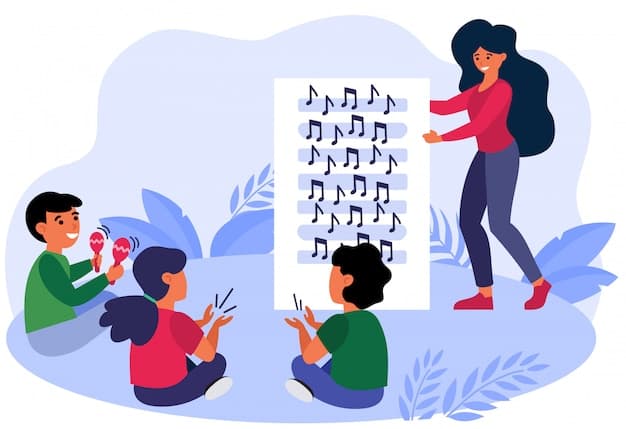
One of the best methods of introducing kids to coding and problem-solving is through play. Children do not feel pressured when learning is perceived to be a game. They learn through experimentation, trial and error, and living with a natural sense of fun and enjoyment rather than merely understanding rules and memorizing them.
Game-like projects, like coding a virtual pet, help kids stay motivated to learn. They receive immediate feedback- when the code works, the pet reacts; when it does not work, they are made aware of the fact that something is wrong. It is the way of trial and error that makes problem-solving an exciting activity, which helps to learn how to be resilient and persistent without the fear of failure. These are some of the best examples of games that teach coding in action.
Lastly, learning through play promotes creativity. Children are not merely writing code; they are creating characters to act as their pets, and how they should act, and what to make them look like.
This interactive, as well as practical mix, makes coding not a technical but an exciting adventure, such that kids will always be motivated to continue learning.
Benefits of Game-Based Coding Projects
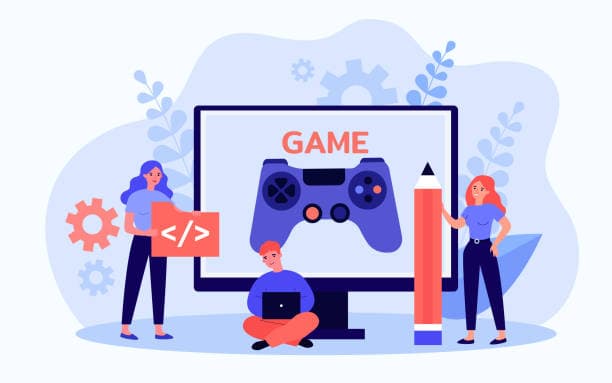
Game Coding projects go beyond traditional learning and make coding enjoyable, interactive, and meaningful. They assist in getting the abstract notions into the thrilling experiences that kids can imagine and touch. Children acquire helpful coding knowledge on their way and gain confidence and creativity.
Learn coding with games brings learning to life.
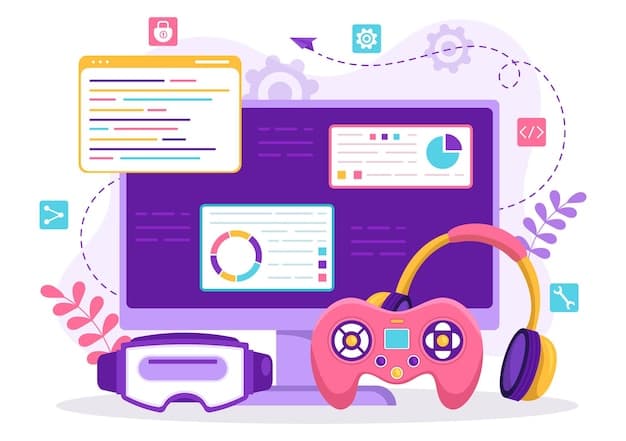
Games-based projects help students in turning theoretical lessons into real life: when they code a virtual pet, they can immediately see how their instructions affect the behavior. The visual feedback ensures that the cause and the effect are cemented when the learner creates visual indicators of the appearance of the pet, causes it to move, and makes a health or hunger gauge.
A real-life loop, liking something, writing the code, running it, and watching the pet react, is far more memorable than a worksheet, as students are actively creating and trying out, not passively memorizing.
Encourages risk-taking while learning programming languages

When one understands coding as a game, there is no fear of mistakes, but as suggestions. Learning to code becomes easier when you learn coding with games, as children can experiment with a new action, make the pet act unusually, and then tweak the code to improve it – learning how to debug is a natural process. changes made to text
In this low-stakes context, inquisitiveness and endurance enable students to become confident in running risky ideas, innovating quickly, and learning through experience. This develops persistence, growth attitude- strengths that extend far beyond programming.
Enhances basic notions of coding skills

The virtual petsconcept is a great way to learn coding with games. It helps kids realise the principles of core programming practice in a fun, interactive manner: the hunger/happiness of the pet is stored in variables, conditionals control the reactions of the pet, loops are used to perform movement, and functions are used to contain repeated behaviour. changes made to text
There is event thinking, too: the pet reacts to clicks, timers, or user input- educating children on how programs respond to the world.
Given the fact that these notions are introduced as part of a project that is vivid, the children are aware of what they build, why, and when they should be applied, and it is because this makes the learning more practical and memorable.
Fostering Empathy and Logic in Young Learners
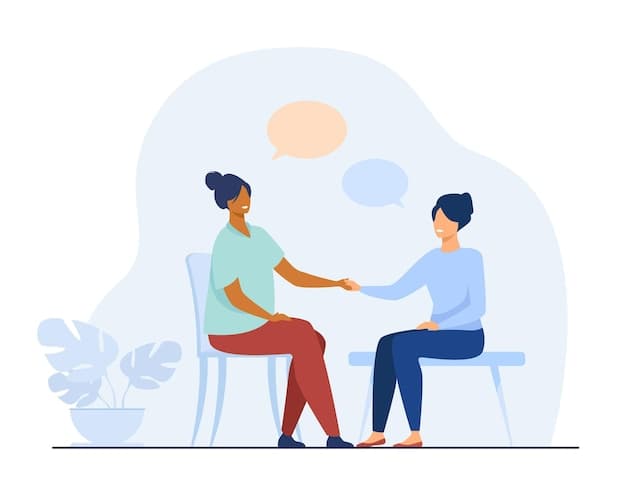
When children learn coding with games, such as programming their virtual pets to require food, sleep, or play, they start perceiving the world differently. Raising their creation also makes them realize that their actions have consequences, which in turn makes them empathize and develop a sense of responsibility. They get to know that their online pet is just like a real pet, and it depends on them to be happy and healthy. changes made to text
Meanwhile, logical thinking is reinforced as a result of this project. Children use their problem-solving abilities to answer questions such as, "What would happen if the pet doesn't get to eat?" How do I get it to sleep when it is tired? Conditions, loops, and sequences are used to program each behavior, and they learn computer coding by breaking down problems into simple step-by-step solutions. changes made to text
This empathy and logic give virtual pet coding its individuality. It not only trains kids on how to code, but also on how to think and feel. With a combination of technical and emotional learning, children can have a balanced attitude that equips them to face challenges both at school and in life.
Step-by-Step: Coding Your First Virtual Pet
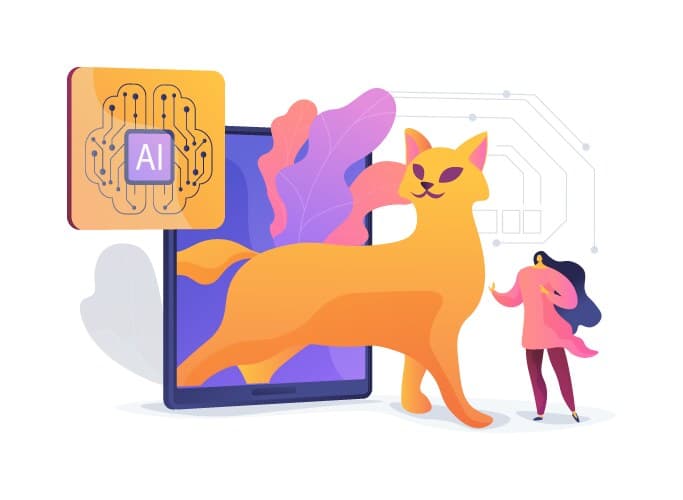
This part divides the procedure of making a digital pet into straightforward and easy-to-handle steps. By following these steps, kids will be able to visualise how their thoughts become a living, breathing project — they will find coding entertaining and straightforward.
Choosing the Right Coding Platform
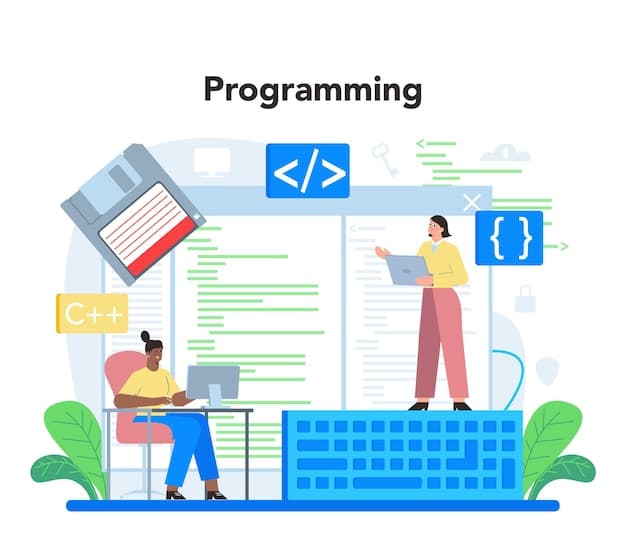
The initial step is selecting the appropriate platform. Scratch and Blockly are also suitable for younger learners as they represent the drag-and-drop coding blocks, which is why it is easy to follow the logic flow without being concerned with syntax.
More experienced or older children can explore Python-based platforms to gain more flexibility and face greater challenges. This will depend on the age, background, and objectives of the learner, yet all these channels are structured to ensure that one can learn computer coding easily and in an interesting way from the very start. changes made to text
Designing and Programming Your Virtual Pet
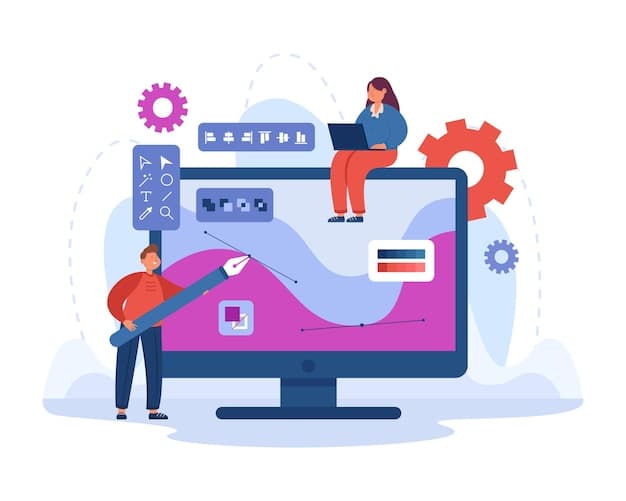
After selecting the platform, it is time to have real fun, and that is creating the pet! Children are allowed to determine their shape, colors, and personality, and then put animations such as walking, eating, and sleeping.
Then there is programming: loops, conditions, and events are used to make the children provide their pet with answers to various actions, including feeding, playing, or resting. This step is helpful in making them understand the direct relationship between each line of code and the behavior of their pet.
Adding Empathy—Teaching Responsibility Digitally

A virtual pet is not just a set of animations, but can also possess a need. The ability to provide such features as energy levels, happiness scores, and feeding reminders teaches kids to consider the emotions of their pet and what he/she needs.
When the owner forgets to feed the pet or to play with it, the pet becomes less happy, whereas when it is taken care of, it will be happy. Such small mechanics make the process of learning computer coding an emotionally engaging task, where empathy and responsibility are taught in addition to logical thinking. changes made to text
Why Choose Codeyoung for Your Child’s Coding Journey?
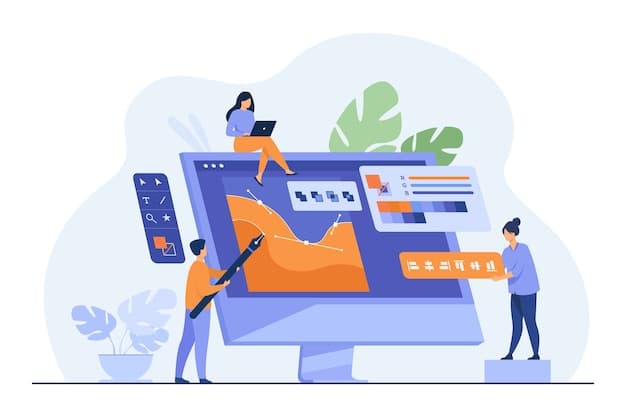
The decision to use the appropriate platform to expose your child to coding determines the disparity between a child who becomes an engaged and motivated learner and one who loses interest in the subject.
At Codeyoung, the emphasis is on making the task of coding an interactive experience instead of a purely technical one. Children are taught through projects, games that teach coding, and real-life examples of applying their code, making each lesson interesting and fun. changes made to text
Simply put, Codeyoung turns the task of studying to code into the task of creative and exploratory studying, as well as skill-building in the future.
Learn to Code Through Fun Experiences
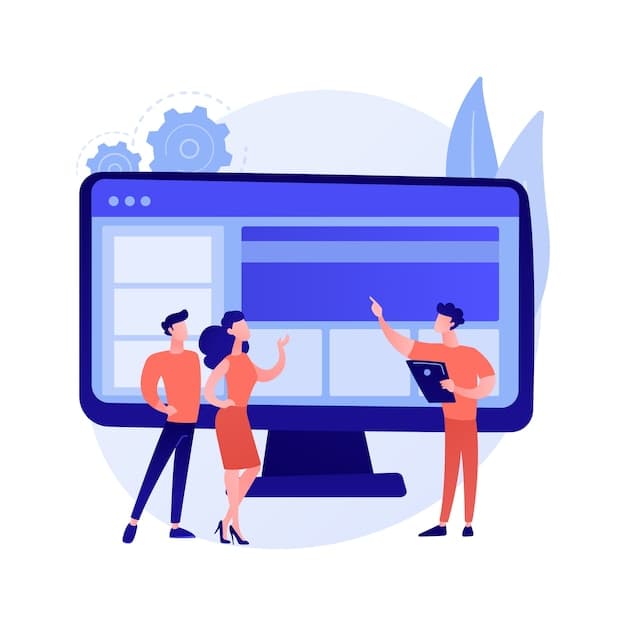
In Codeyoung, children do not memorize code; they learn through the creation of projects, which appear to be play. Children learn the pleasure of creating something of value as they develop real-life programming skills by designing animations and coding their first virtual pet.
Play Coding Games for Interactive Learning

Coding is an exciting and approachable experience due to game-based learning. Codeyoung invites children to play coding games, which educate them about logic, sequencing, and problem-solving practically. Such a playful manner makes sure that the education will be entertaining and yet practical.
Coding Games That Build Skills for the Future
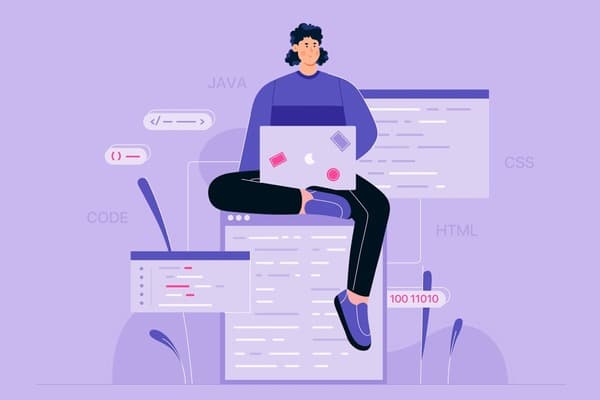
All Codeyoung projects are built to develop non-classroom skills. Through coding games, children develop their creativity, perseverance, and critical thinking, and create a basis of digital literacy that will keep them prepared to face any challenge in the future.
Exploring Computer Science With Ease
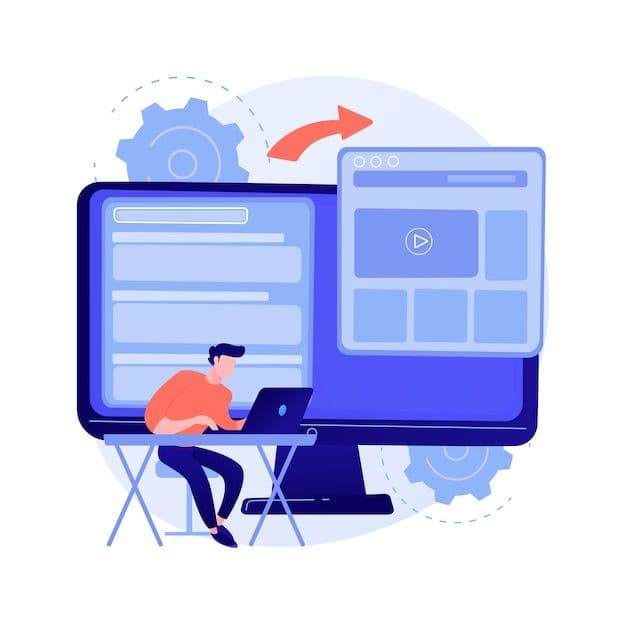
Codeyoung presents computer science concepts to children in a step-by-step manner, such that concepts such as loops, conditionals, and algorithms are easy and pleasant to learn. Kids develop confidence and do not feel overwhelmed like usual because they use these principles in interactive projects.
Tynker Coding and Beyond
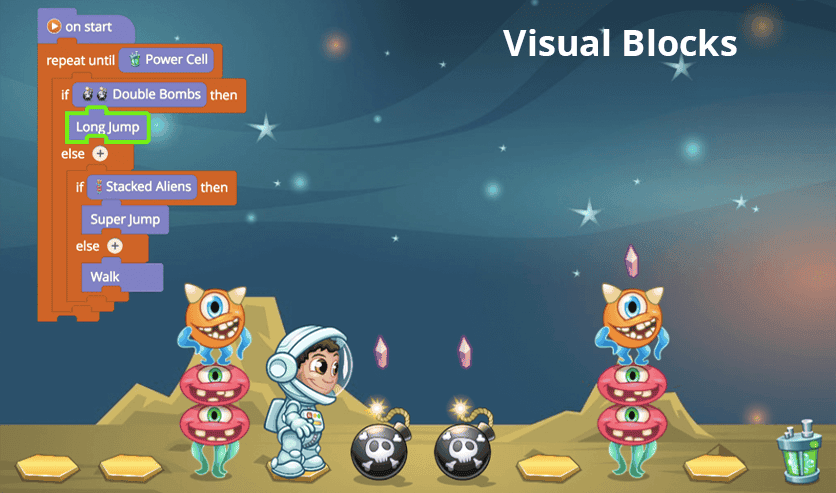
Though there are numerous platforms, such as Tynker coding, that offer young learners the best tools, Codeyoung does more and offers mentorship in addition to structured lessons. Children not only work with software such as Scratch, Blockly, or Tynker, but also understand how they can implement their creativity into larger-scale projects.
Frequently Asked Question
What age group is most suitable for coding a virtual pet project?

Children as young as 7-8 years old can begin learning coding by creating their first virtual animals using block languages such as Scratch or Blockly. These sites feature drag-and-drop code, allowing children to focus on the content rather than worrying about typing mistakes and complex code.
When they are older, say about 10-12 years, they can learn computer coding through text-based languages such as Python or JavaScript, which allow for greater customization and creativity. In this way, the project evolves in accordance with the child’s age and skill level, making it a fun and educational experience. changes made to text
Do I need any prior coding experience to start building a virtual pet?

Not at all! The projects on virtual pets are beginner-friendly and thus can be considered ideal first experiences with coding. Children are also exposed to simple, visual interfaces that can be used to break down complicated concepts into easy-to-understand components.
The project can teach the foundations of programming, such as loops, conditions, and variables, in an engaging, easy-to-follow manner, even to a child who has never coded before. It concerns playing, trying, not studying code.
Which programming languages can I use for a virtual pet project?
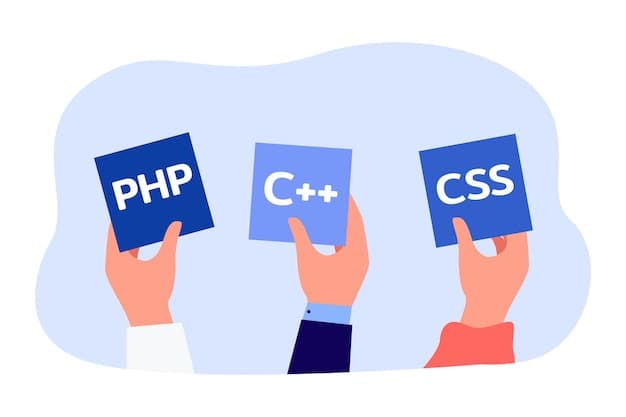
You have to make a decision based on the age and experience of your child. The most common beginner one is Scratch, which provides an interactive, visually-oriented method of dragging and linking blocks of code together. Python is simple and versatile and can be used by older learners as they move on to Python, which is commonly used in schools and industries.
JavaScript is also an excellent choice with children who are interested in interactive pets on the web. Both languages assist children in developing over time towards a higher level of logic and more complicated concepts in coding.
Are there any parent resources to help support kids with virtual pet coding?
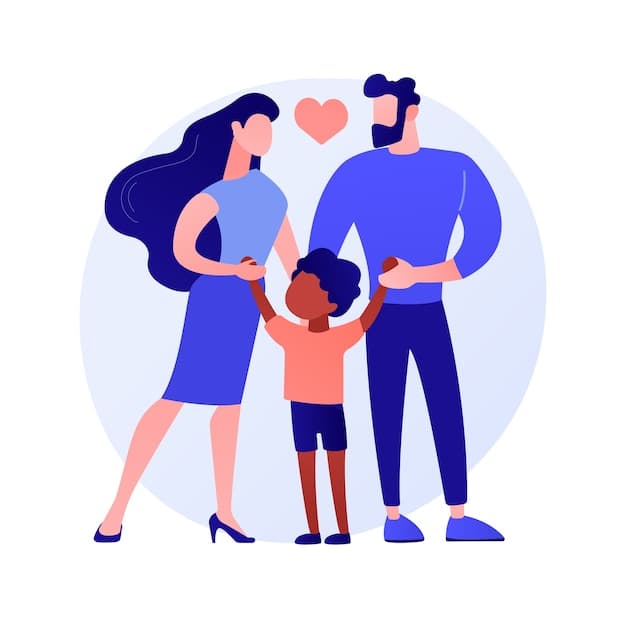
Yes! Most of the coding instructions have stepwise instructions, tutorials, and even community discussion forums where parents can monitor the progress and watch what their children are being taught.
There are also parent dashboards in some of the programs where they can know what concepts the child has learned. These materials enable you to easily keep up, regardless of whether you have a background in coding or not, and support your child's development. Coding turns into a family studying and discovery process.
Is it possible to share or collaborate on virtual pet projects with friends or classmates?

Absolutely! Sites such as Scratch enable children to post and distribute their projects with ease on the web. They can invite people to view, comment, or even remix their virtual pets- they are able to give the creative touch to the original project.
This working in teams promotes teamwork, sharing of ideas, and peer studying. Students in certain classes can collaborate in real-time in their coding classes, either working on common projects that enhance both technical and social skills.